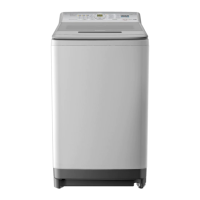
Do you have a question about the Panasonic NA-F75G6 and is the answer not in the manual?
Important safety notices and warnings for service technicians.
Explanation of symbols used to indicate dangers and required actions.
Instructions for safe cable connection to prevent hazards.
Precautions to avoid electric shock during service.
Importance of using manufacturer-specified parts for safety.
Warning against rebuilding machine parts and components.
Caution to avoid touching rotating objects unless completely stopped.
Recommendations for wearing gloves and appropriate clothing.
Detailed technical specifications for various models, including power, capacity, and dimensions.
Explanation of the 'Auto Restart' feature and its operation during power interruptions.
Details on the duration and load capacity for each wash course.
List of unique features and technologies incorporated in the washing machine.
Explanation of how the weight sensor detects load size for water level calculation.
Method for checking clothes quantity and specifying detergent amount.
How wash and spin timers are determined based on clothes quantity.
Electrical requirements and consumption during the washing cycle.
Electrical requirements and consumption during the spinning cycle.
Guidelines for selecting a suitable and safe installation location.
Steps for attaching the bottom cover to the washing machine.
Instructions for connecting the external drain water hose correctly.
Procedure for connecting the water tap adaptor and supply hose.
Guidance on connecting the power plug and grounding wire.
How to adjust the machine's levelness using the adjustable legs.
Steps for performing a trial operation after installation.
Explanation of the control panel layout and indicators.
Guidelines for detergent usage based on water level.
How to select and use temperature settings for washing.
Procedure for adjusting the water level during the wash process.
How to set a delayed start time for washing.
Explanation of auto restart and automatic power-off features.
List and brief description of available wash programs.
How the ECONAVI function optimizes operation based on laundry and temperature.
Method for testing the machine's functions without water.
Common error indicators and their corresponding operation conditions during testing.
Detailed list of error codes (U, H) and their potential causes and checkpoints.
Guide to identifying problems and checking corresponding devices.
Common symptoms that are not actual malfunctions but normal operation.
Step-by-step instructions for replacing the suspension unit.
Guidance on applying grease to the suspension unit components.
Description and usage of the HW-42 tool for pulsator screw removal.
Description and usage of the HW-25K tool for flange nut removal.
Instructions for replacing the valve unit and geared motor.
Schematic showing the electrical connections between components.
Procedure for checking input and output voltages of the PCB.
Illustrated breakdown of major external and internal components (Part A).
Detailed list of parts with part numbers, quantities, and descriptions for Part A.
Illustrated breakdown of components related to the base and exterior (Part B).
Detailed list of parts with part numbers, quantities, and descriptions for Part B.
Illustrated breakdown of internal mechanical and electrical components (Part C).
Detailed list of parts with part numbers, quantities, and descriptions for Part C.
Illustration of packaging components for shipping.
List of parts related to product packaging and protection.
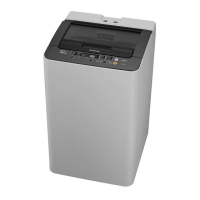
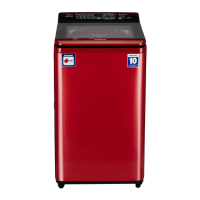



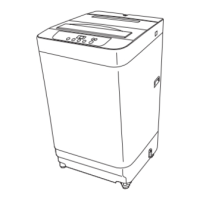
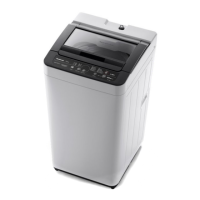

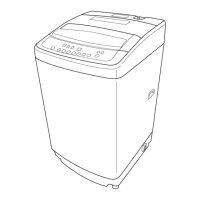
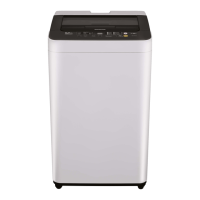
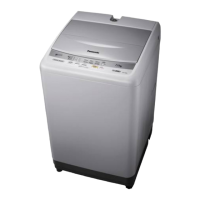
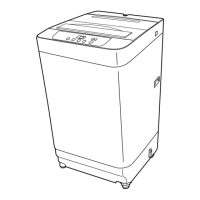
